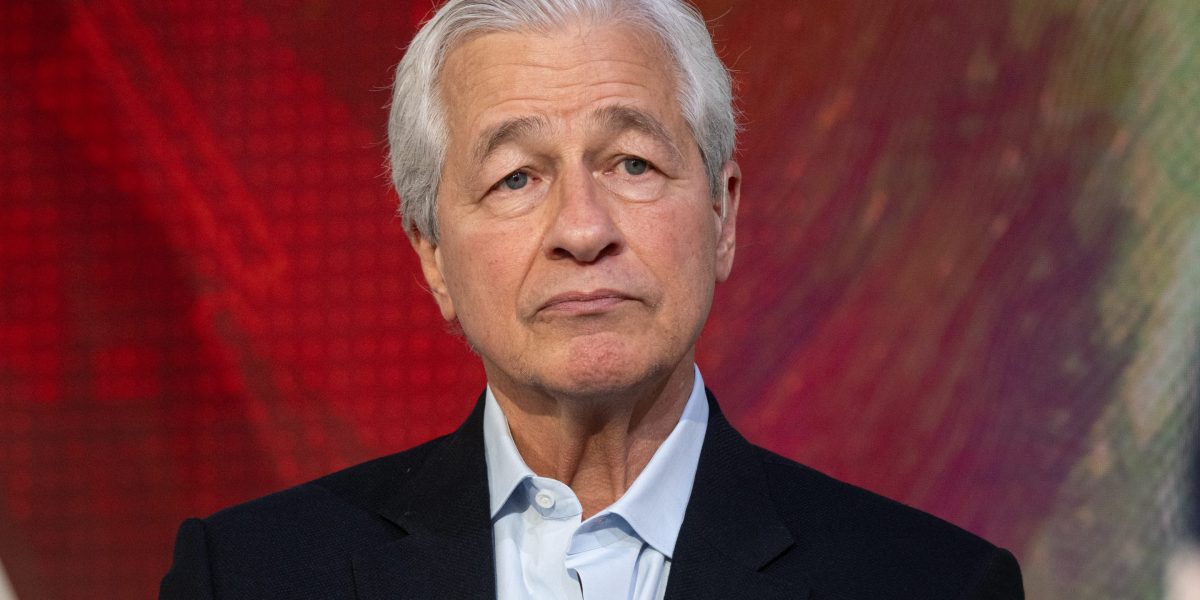In 2020, legislators in the European Parliament agreed to pass legislation to enact the Green New Deal. The deal is a package of 150 far-reaching directives and legislation enabling the EU bloc to become climate-neutral by 2050; the EU is home to 449 million people and is responsible for 6% of worldwide emissions.
Advocates envisaged that these laws would enable the EU to lead the way in the environment, increase transparency regarding how companies operate, and allow investors to compare business sustainability on a like-for-like basis.
Many Fortune 500 Europe companies support initiatives outlined in the Green New Deal. Iberdrola, a global energy company, aims to have net-zero emissions before 2040, and Volkswagen, the third biggest electric vehicle manufacturer globally, aims to be carbon neutral by 2050.
So why is there backtracking on its Green New Deal?
President Trump’s drive for efficiency has led some politicians to demand that the EU government be smaller and more efficient.
More importantly, American policies are making the EU nervous regarding competitiveness. If non-EU governments are not demanding that businesses operate more sustainably, deprioritizing it even, then that will leave the EU economy trailing. For example, the EU has passed 13,000 sustainability laws since 2019 compared to 3,500 pieces of legislation and 2,000 resolutions at the U.S. federal level. Centrist business owners are vocal about the extra paperwork required to conform to new legislation.
With the impending impact of Trump’s tariffs, economic strains on the European economy are increasing demands for deregulation, and unlikely allies have emerged across Europe of the far right, the conservatives, and centrist business owners, all questioning if the Green New Deal shouldn’t be watered down.
Some companies have already taken action. Equinor, an energy company and the largest oil producer on the Norwegian continental shelf, pledged to be net zero by 2050 by investing in renewables. However, in February, the company announced plans in the next two years to half renewable investment from $10 billion to $5 billion and to increase oil and gas production by 10%.
In France, with Marine Le Pen’s potential ban from the presidential elections, this could be a time for Jordan Bardella, seen by some to be her natural heir, to come into his own. In January, Bardella, chairman of the European Parliament’s far-right Patriots for Europe, called for the deal to be killed off, saying it was “a constraint on economic growth” and a threat to French workers.
While the impact on business will be huge, many companies are urging the EU to stick to commitments. At the end of last year, 60 European companies and 180 civil society organizations, including IKEA and Nestlé, released a joint statement to urge the EU to continue on its green convictions.
The WWF cited several ways in which the EU has rescinded its commitments. In October, the European Council proposed to delay by 12 months the application of the EU deforestation-free products regulation, and the European Council has stalled an upcoming legal proposal for sustainable food systems.
In April, the EU Council voted to delay two significant pieces of legislation, the Corporate Sustainability Reporting Directive (CSRD) and the Corporate Sustainability Due Diligence Directive (CSDDD). Both apply significant restrictions and red tape to European businesses because they force companies to publish sustainability data on everything from emissions, water usage, chemical leaks, and the effect of a changing climate on staff working conditions. The same would be true for their suppliers. The delay will be for two years.
Likewise, Europe’s GDPR privacy law – General Data Protection Regulation– seems like it’s next to fall under the European axe. The formidable law, introduced seven years ago, forces companies competing in Europe to manage customers’ data. Now, there are fears that some of this framework is also due to be cut. Something Politico is calling a “red tape bonfire.”
It’s also true that most EU governments are turning away from environmental offensives and looking more to rearmament. With calls to rapidly increase defense budgets, the EU unveiled a combined €800 billion ($866 billion) in European military spending in March.
Increased EU defense budgets have an economic upside
European countries have not yet made a conclusive decision on whether European ground troops will set foot in Ukraine, but more military spending is coming. The newly-formed German government has agreed that military spending is outside the constitutional limits on debt spending.
As Le Monde states, the most significant impact is likely on how EU countries spend money. A lot of pooled COVID funding was wasted due to inefficiencies. European militaries operate many different types of warships and airplanes, making joint operations and buying difficult. The recent EU white paper outlined much of this thinking on defense.
A move towards rearmament is not necessarily bad news for the economy. If Europe mobilizes, as planned, between €500 and €800 billion by 2030, some believe it can increase the GDP by 1.5 points. However, the impact on the EU’s carbon emissions might be just as radical.
This story was originally featured on Fortune.com
Source link


 Politics8 years ago
Politics8 years ago
 Entertainment8 years ago
Entertainment8 years ago
 Entertainment8 years ago
Entertainment8 years ago
 Entertainment8 years ago
Entertainment8 years ago
 Tech8 years ago
Tech8 years ago
 Tech8 years ago
Tech8 years ago
 Tech8 years ago
Tech8 years ago
 Tech8 years ago
Tech8 years ago






